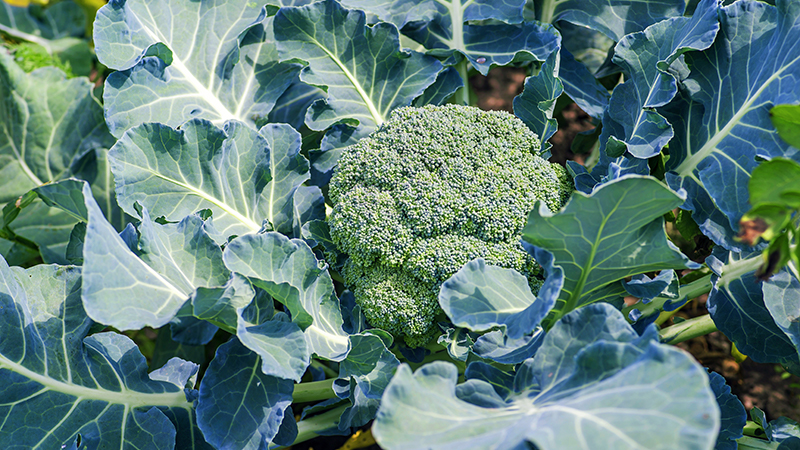Extended Hang Time Has No Impact On Health Of Vineyard

https://platform.twitter.com/widgets.js
For years, some California winegrape growers have complained that wineries — who hold all the cards when it comes to their contracts with growers — made them hang their grapes on the vine too long in the pursuit of more intensely flavored wines. “Growers have suffered unnecessarily because of hang time,” says Nat DiBuduo, president of Allied Grape Growers, a cooperative of 500-plus growers. “The wineries would schedule the harvest late; they would just keep holding the growers off, saying that they were waiting until grapes lost their vegetative flavors.”
The growers didn’t like this because most of those contracts called for them to be paid on a tonnage basis, and the longer the grapes would hang past what the growers considered ripe, the more water weight they would lose. If the growers thought they were really producing better fruit, it would have made some sense, but DiBuduo said it did not. “Obviously there’s going to be some raisining,” he says. “You can taste the change when you eat the fresh fruit, so of course you’re going to change the wine quality.”
The issue really got contentious in the late 2000s when growers began to learn that the grapes were so dry that the wineries had difficulty crushing them, to the point that the winemakers had to add water. How could the growers not suspect they were being taken advantage of, says DiBuduo, when the moisture was essentially removed and then replaced. “How is that good for the wine?” he says. “Replacing the natural water to get it through the crusher and destemmer doesn’t make sense.”
“Toasting” Raisins
A few years ago, Sanliang Gu, who holds the Ricchiuti Chair of Viticulture Research at California State University-Fresno’s Viticulture and Enology Research Center, got to wondering about this issue, too. He led a research study (See “Research Conclusions At-A-Glance”) into hang time, and sure enough, DiBuduo and his fellow growers were right. However, Gu is quick to note that all his group’s research was done at vineyards in the Fresno area, under very warm growing conditions. That’s part of the reason so much fruit is produced in the Fresno region — tellingly, the Raisin Capital of the World is in nearby Selma — and in fact about two-thirds of the state’s winegrapes are grown in warm weather climates.
Gu found that the growers were absolutely right in their contention that 25 Brix was the upper limit for accumulating sugar. Wineries were calling for 28 to 30 Brix, mandating the fruit hang into fall, but they were only getting it because of dehydration, he says. “There’s a reason why the raisin growers have their fruit out then,” he says. “We’re not just hanging fruit on the vine, we are toasting it.”
Less Color, Mouthfeel
But in warm weather regions, besides dehydration, hang time can cause other fruit quality problems, he found. For example, pH is dramatically increased. He found the pH of grapes harvested in late September as well as early October could be 4.0 or greater, and above 3.8, vintners can actually have trouble making wine. “The wine gets unstable and bacteria can start to grow, which will of course ruin the wine,” he explains. “That’s what stopped a lot of winemakers from demanding hang time.”
Two other desirable components were decreased through increased hang time: anthocyanins and tannins. Anthocyanins give red wine its color, and perhaps it comes as no surprise, but the level of extractable tannins dropped to near zero as the fruit began to raisin. As for tannins, the optimal temperature for formation is 75°F, well below the temperatures found in the southern San Joaquin Valley on an average September day. Tannins give wine mouthfeel, the quality that make people refer to a wine as a “big” Cabernet Sauvignon. “It’s hard to get enough tannins in the valley, because the high temperatures ‘burn’ the tannins out of the grapes,” says Gu. “Increasing heat through hang time actually reduces tannins.”
As for DiBuduo, who serves on American/Western Fruit Grower’s Editorial Advisory Board, he says the hang time problem has lessened in the past couple years because consumers have been turning away from those more intense, high-alcohol wines. He’s obviously happy that Gu’s research cleared up the issue, though, and highlights its value. “Dr. Gu’s research has given us a leg to stand on. It’s like ‘Hey, we told you so.’ This shows the value of research on cultural practices so we can improve the quality of our fruit,” he says. “We need to support the American Vineyard Foundation and the National Grape and Wine Initiative, because winegrape growers in general are not funding enough research for our future.”
Research Conclusions At-A-Glance
– Berries without visual shriveling had similar weight and composition regardless of hang time, irrigation, and cluster location in the canopy.
– Shriveling berries had higher Brix, TA, and pH but reduced fruit fresh weight.
– Shriveling berries had much lower model wine extractable anthocyanins, phenolics, and tannins.
– Berry shriveling was associated with a greater number of dead pedicels.
– Berry shriveling associated with longer hang time reduced yield and fruit quality in warm regions.









